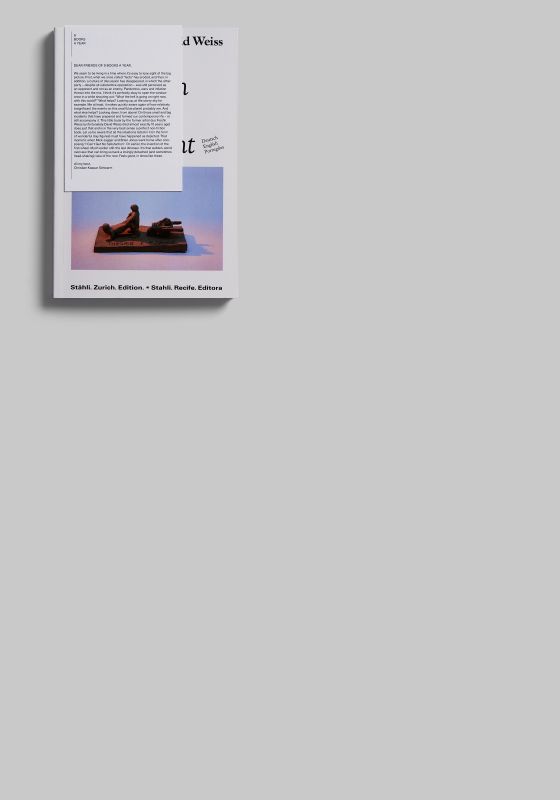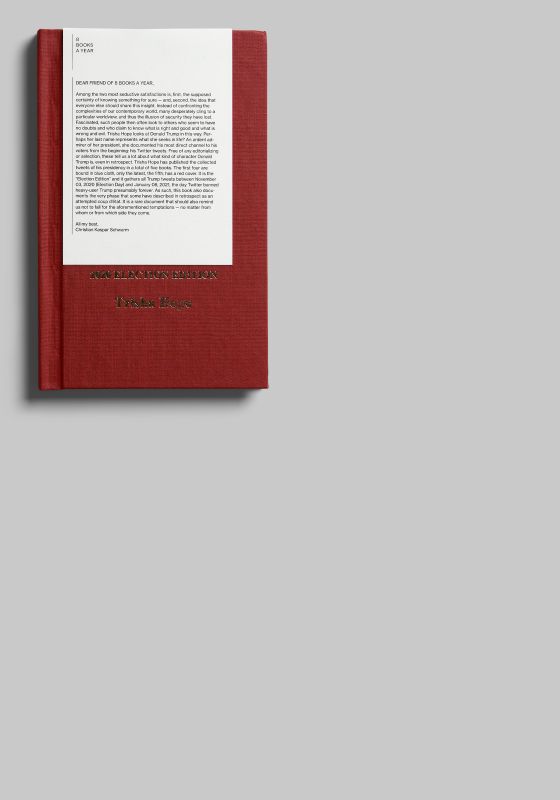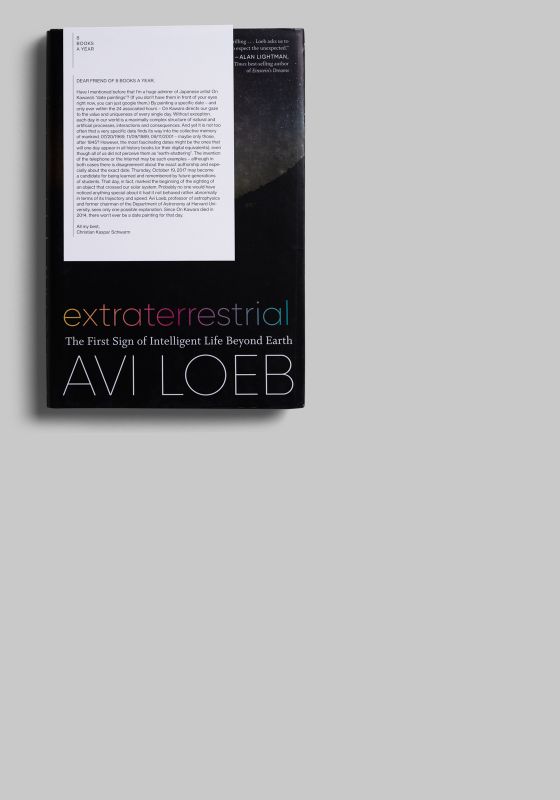NOVEMBER 2016
Raymond Clemens, Deborah E. Harkness
The Voynich Manuscript
Yale University Press, 2016
DEAR FRIEND OF 8 BOOKS A YEAR,
If you were given a time machine, what would you do? Without any doubt there are a lot of tempting possibilities. You could travel into the future to see whether it’s really possible to fall in love with a computer voice in, let’s say, 20 years. Or whether Apple stocks gained or lost value in 2. Is democracy still in place and Europe still united in 10? And will there be completely new forms of art, music and literature in 100? But don’t ignore the other direction this thought experiment could go: Driven by your curiosity, you could also travel into the past. How was it? What really happened? For instance, you could be the first and only twenty-first-century person to meet Siddhartha Gautama, nowadays better known as Buddha – what kind of man was he? Who shot John F. Kennedy and why? How did it feel to follow Joan of Arc? Were Johann Goethe and Friedrich Schiller more than just best friends? How did the ancient Egyptians manage to build the pyramids? You shouldn’t tell anybody about your new abilities, of course, because there are thousands of mystic secrets and unsolved enigmas mankind is so completely fascinated by. While some of the experiences you’d (hopefully) come back with could certainly help us learn from ancient times and understand more about our history, others might just be thrill seeking. But you definitely shouldn't forget to tell us the truth about the so-called Voynich Manuscript: known as “the world’s most mysterious manuscript”, written some time between 1404 and 1438 CE, never deciphered (neither the language nor the pictures), published for the first time as a complete facsimile 3 weeks ago by Yale University. Please, solve the riddle. Enter your time machine!
All my best,
Christian Kaspar Schwarm
Raymond Clemens, Deborah E. Harkness
The Voynich Manuscript
Yale University Press, 2016
Read InscriptionDEAR FRIEND OF 8 BOOKS A YEAR,
If you were given a time machine, what would you do? Without any doubt there are a lot of tempting possibilities. You could travel into the future to see whether it’s really possible to fall in love with a computer voice in, let’s say, 20 years. Or whether Apple stocks gained or lost value in 2. Is democracy still in place and Europe still united in 10? And will there be completely new forms of art, music and literature in 100? But don’t ignore the other direction this thought experiment could go: Driven by your curiosity, you could also travel into the past. How was it? What really happened? For instance, you could be the first and only twenty-first-century person to meet Siddhartha Gautama, nowadays better known as Buddha – what kind of man was he? Who shot John F. Kennedy and why? How did it feel to follow Joan of Arc? Were Johann Goethe and Friedrich Schiller more than just best friends? How did the ancient Egyptians manage to build the pyramids? You shouldn’t tell anybody about your new abilities, of course, because there are thousands of mystic secrets and unsolved enigmas mankind is so completely fascinated by. While some of the experiences you’d (hopefully) come back with could certainly help us learn from ancient times and understand more about our history, others might just be thrill seeking. But you definitely shouldn't forget to tell us the truth about the so-called Voynich Manuscript: known as “the world’s most mysterious manuscript”, written some time between 1404 and 1438 CE, never deciphered (neither the language nor the pictures), published for the first time as a complete facsimile 3 weeks ago by Yale University. Please, solve the riddle. Enter your time machine!
All my best,
Christian Kaspar Schwarm












































